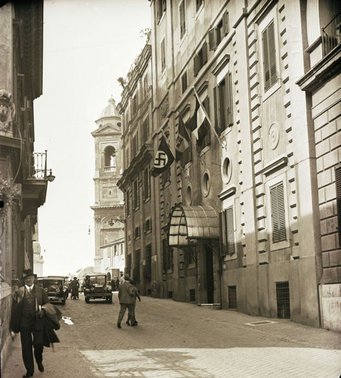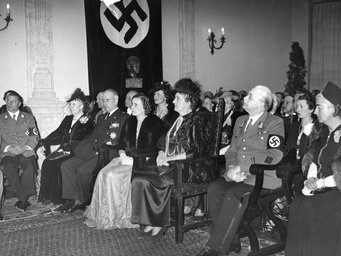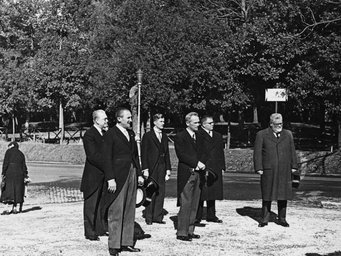National Socialism and World War II
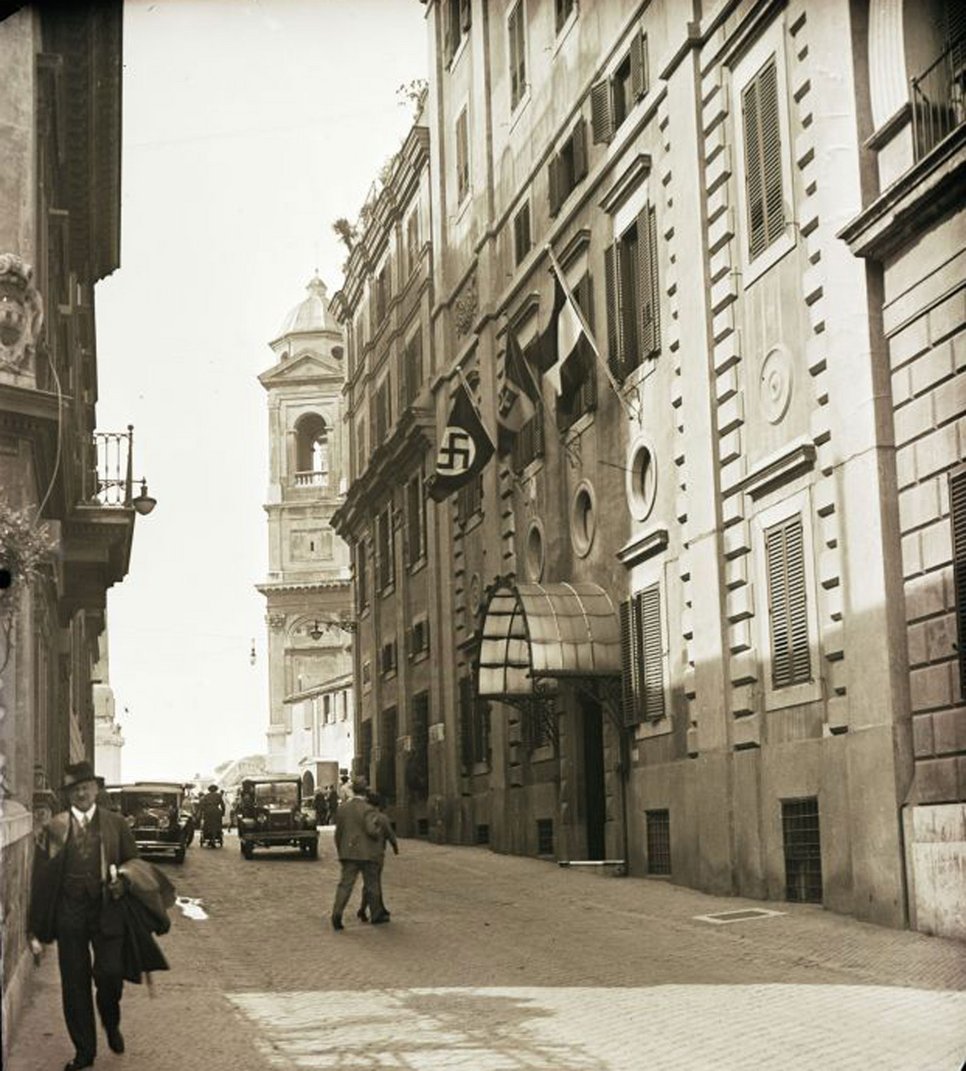
After the Nazi takeover in Germany in 1933, the Federal Foreign Office approached the Kaiser-Wilhelm-Gesellschaft to recommend the appointment of art historian and long-time NSDAP member Werner Hoppenstedt as deputy director and successor to Ernst Steinmann. His role was to act as a go-between for the NSDAP and the Italian Fascist Party in Rome in matters of cultural policy. Steinmann, whose right to appoint his successor was written into Henriette Hertz’s will, did his best to prevent the appointment and suggested Leo Bruhns, professor of art history at Leipzig University, instead. The conflict could only be resolved through the creation of a new "Kulturwissenschaftliche Abteilung" (Department of Cultural Studies) headed by Hoppenstedt; what was not prevented was the change of the institute's name. Despite the will left by the foundress, who was of Jewish descent and had decided that the name of the institute should commemorate her own person and her extraordinary donation, its name was forcibly changed in line with National Socialist propaganda and ideology. This new department was intended less as an art-historical research facility than as a means of peddling German culture and "German spirit" in fascist Italy. The library's holdings were expanded to include pulp fiction propagating national socialist ideology, which was, however, removed from the library after the end of the war. The holdings in the art research department under the direction of Leo Bruhns grew to almost 40,000 volumes by autumn 1943. In the 1930s, the art of the Middle Ages was added to the photographic collection as a new area, as well as Architecture and Sculpture, supplemented by photo campaigns from the academic staff. By as early as the mid-1930s, an outstanding photograph collection of great diversity had been created. Offering free access for consultation to all scholars involved in research at the Institute, together with access to the book collections, it was at that time a unique resource.
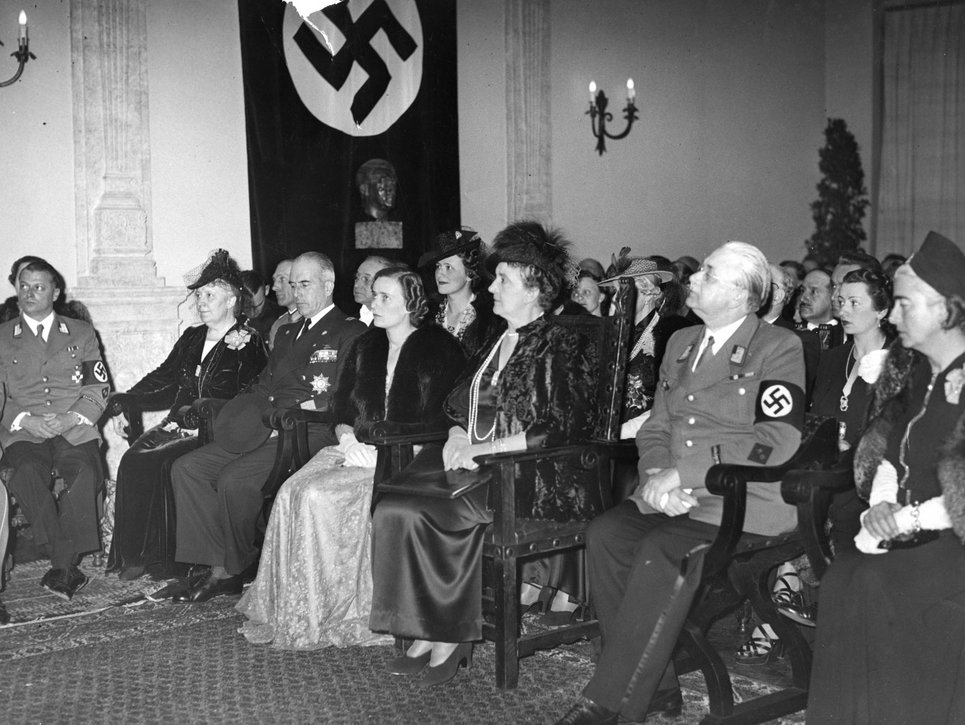
The social highlight of Werner Hoppenstedt's office was the visit of Italian Queen Elena on May 29, 1941. The subject of the medical lecture was the success of a Bulgarian-Italian treatment for encephalitis. The lecturer was the director of a clinic in Kassel, named after the queen. The photo shows Hoppenstedt sitting in the national socialist party’s uniform in the front row.
On 1 October 1934, Leo Bruhns succeeded Steinmann as the director of the "Department of Art History" of the institute, which had previously officially been renamed "Kaiser Wilhelm Institute for Art History and Cultural Studies (Bibliotheca Hertziana)". The two departments existed side by side: Hoppenstedt actively pursued Nazi party politics, while trying, at the same time, to give his department a semblance of academic integrity by employing well-known and respected scholars or inviting them to Rome to give lectures.
Leo Bruhns, on the other hand, supported the expansion of the institute as a place of research and education, organizing research field trips, lectures, guided tours and educational excursions for young scholars in cooperation with the Kunsthistorisches Institut in Florence. By order of the Foreign Office, the original cosmopolitan approach was to be replaced by a nationalistic research agenda, such as the "Relationship between Italian and German art". By expanding the research horizon to include the supposedly "German art" of the Hohenstaufen in Southern Italy, Bruhns was able to save the Hertziana from total appropriation by the national socialist state, but it was not within his power to prevent the erasure of the Jewish donor’s name in 1938 or, for that matter, a ban on the employment of Jewish art historians.
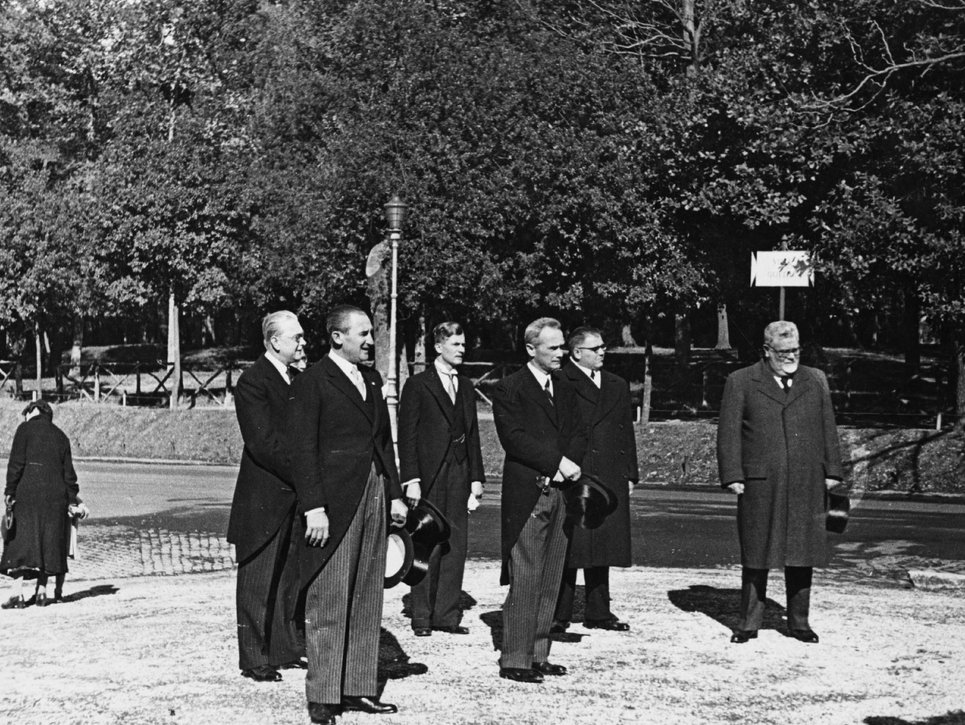
In 1944, the complete book collection was evacuated to Hallein in Austria – against the provisions of Henriette Hertz’s will and the wishes of Leo Bruhns. When the war ended, the German research institutes in Rome were seized by the Western Allies and only returned on 30 April 1953, following the conclusion of the Adenauer-De Gasperi agreement between Germany and Italy.
